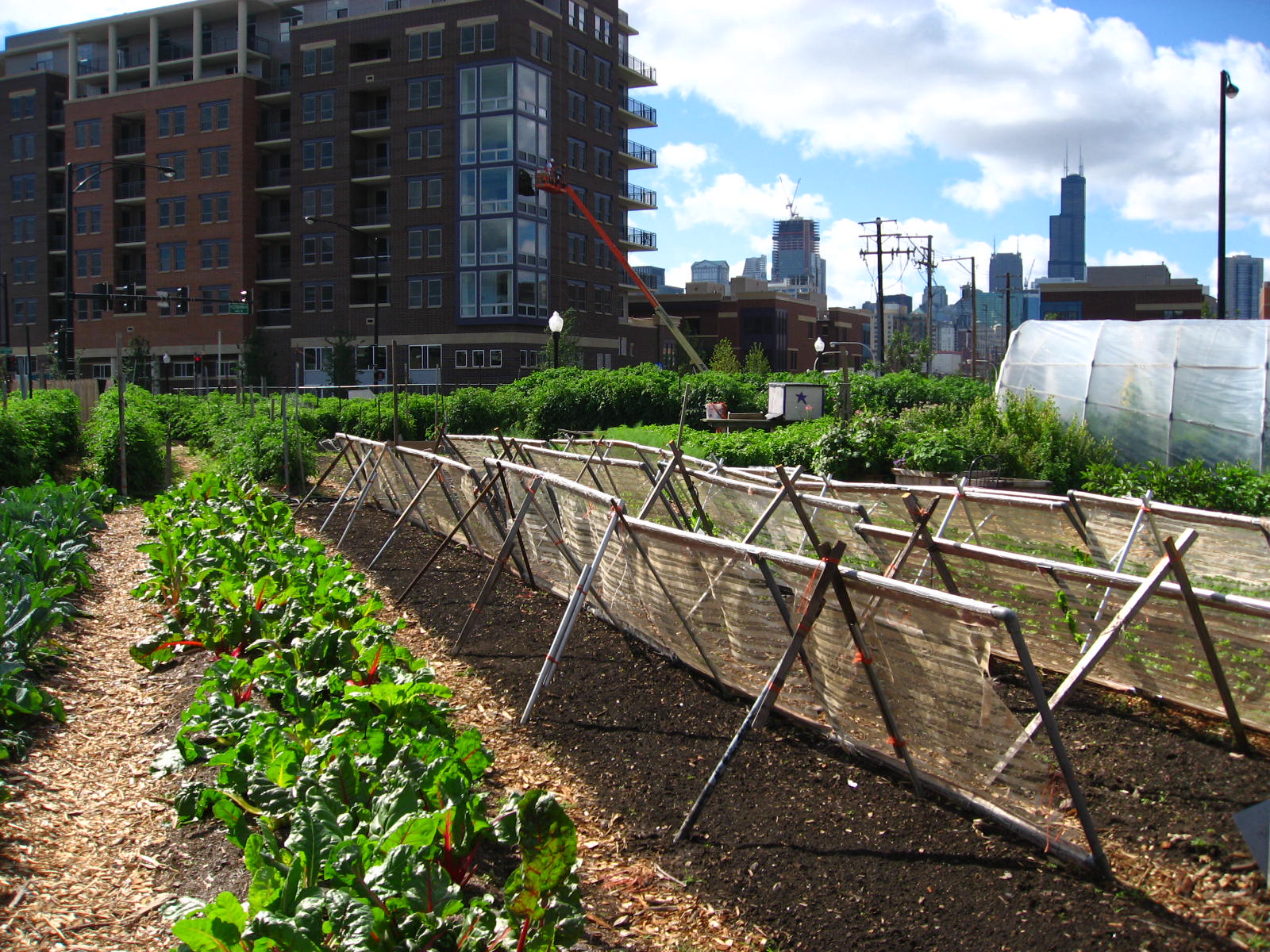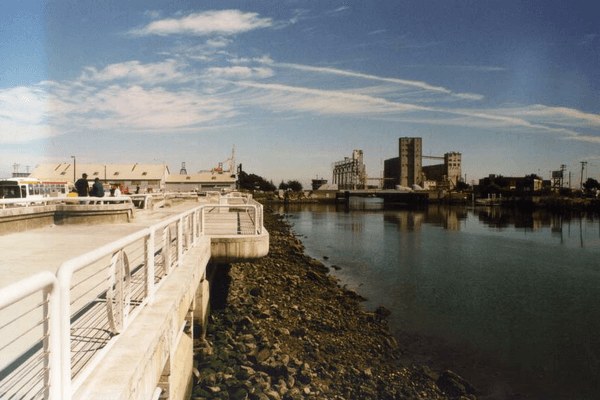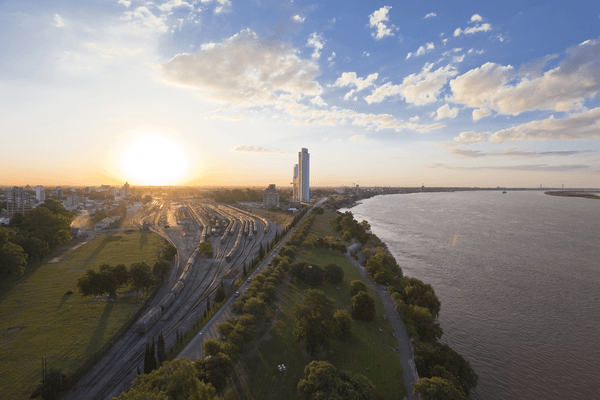The City of Chicago went through a year-long process of consultation with the Advocates for Urban Agriculture in Chicago, a ‘loose association of 2-300 people involved in growing food’, as well as Growing Power and the Chicago Food Policy Advisory Council.
The Urban Agriculture Ordinance has been incorporated into 1711, the Municipal Code. The 1957 version of the Code made allowances for ‘truck farms’, because there were still semi-rural areas on the outskirts of the City. When the Code was next re-written in 2004, ‘very few people were talking about growing food on vacant land’, according to Brad:
"The new version is more expansive the 1957 version, which only spoke of truck farms on the outskirts of the city. The new provisions allow, as of right, urban agriculture in any commercially zoned space. We have three sub-categories of urban ag: indoor, outdoor, and rooftop. Rooftop is allowed in the most districts – pretty much anything that allows commercial activities. The outdoor classification is also pretty expansive, as long as the zoning is commercial. And indoor urban ag is allowed any place you can have indoor commercial uses.
The City has flexibility to change zoning classifications, e.g. from residential to commercial, on a temporary basis to allow for urban farming to take place in particular areas, such as Perry St in Englewood. What we’re doing is viewing urban ag as a productive system of open space land management. Even though these sites may be controlled and operated by private entities, people can still go there, and farm, and be active, and learn about fresh food. Eventually Perry St will all become parkland, and whether the existing farm stays will be up to the community."





